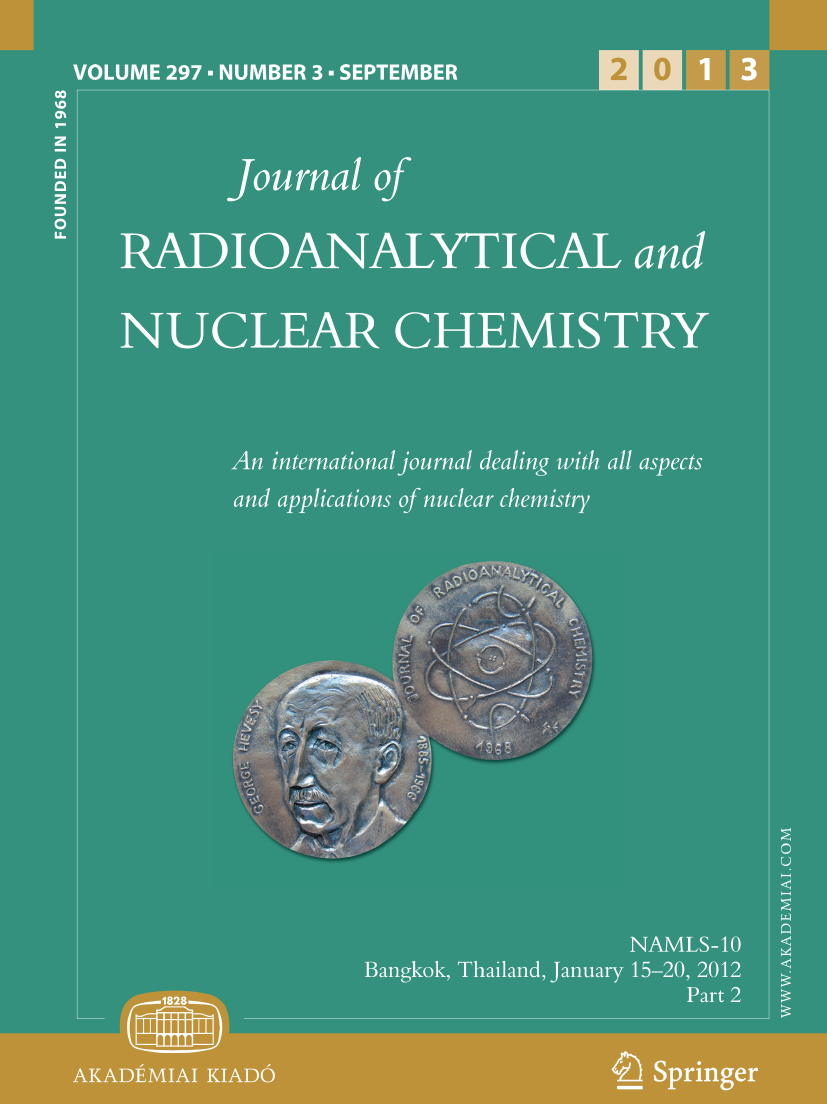Modeling the radon build-up in a closed environment using developed OpenFOAM solver
IF 1.5
3区 化学
Q3 CHEMISTRY, ANALYTICAL
Journal of Radioanalytical and Nuclear Chemistry
Pub Date : 2024-11-15
DOI:10.1007/s10967-024-09872-1
引用次数: 0
Abstract
Modeling radon (222Rn) development in confined environments aids in predicting radon levels in dwellings and underground spaces, where radium 226Ra in building materials and soil emits radon gas via radioactive decay. Radon accumulates in poorly ventilated places, creating an inhalation hazard. In OpenFOAM, a C+ +-based computational tool, an existing heat conduction solver was adapted to simulate radon accumulation, considering radon's radioactive characteristics and material non-uniformity through which radon will permeate. The solver was validated against theoretical values in a one-dimensional system and then applied to study radon dispersion in containment, with potential for broader applications.
求助全文
约1分钟内获得全文
求助全文
来源期刊
CiteScore
2.80
自引率
18.80%
发文量
504
审稿时长
2.2 months
期刊介绍:
An international periodical publishing original papers, letters, review papers and short communications on nuclear chemistry. The subjects covered include: Nuclear chemistry, Radiochemistry, Radiation chemistry, Radiobiological chemistry, Environmental radiochemistry, Production and control of radioisotopes and labelled compounds, Nuclear power plant chemistry, Nuclear fuel chemistry, Radioanalytical chemistry, Radiation detection and measurement, Nuclear instrumentation and automation, etc.

 求助内容:
求助内容: 应助结果提醒方式:
应助结果提醒方式:


